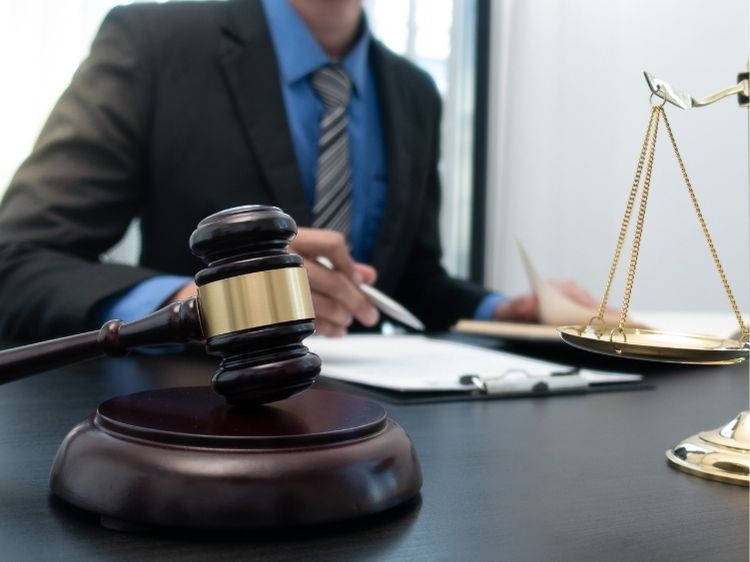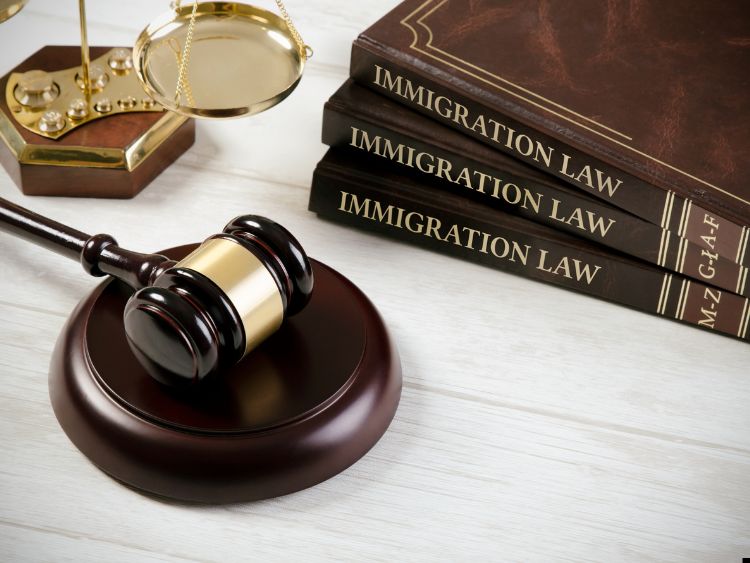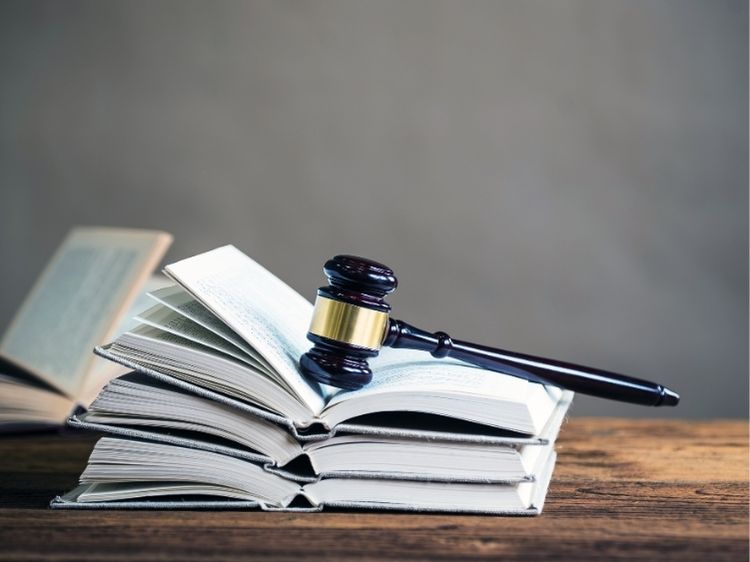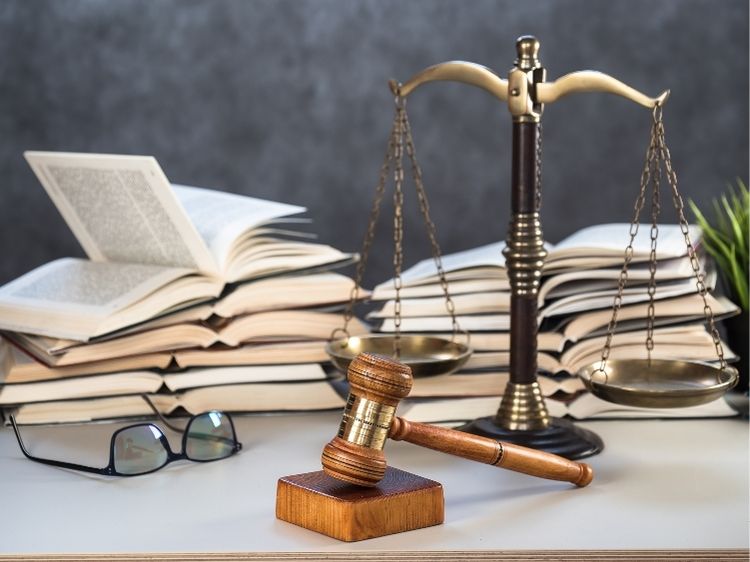Ever bought something that didn’t work as promised—or worse, caused harm? You’re not alone. Product liability claims are here to protect consumers when products fail to meet safety standards. From faulty designs to misleading labels, understanding the types of product liability claims can save you from financial loss, injury, or worse. In this article, we’ll dive into what product liability is, explore its key types, and answer common questions. So, let’s jump right in!
What Are Product Liability Claims?
A product liability claim is a legal case brought by a consumer against a manufacturer, distributor, or seller of a defective product. These claims arise when a product causes injury or damage due to defects or a lack of proper warning labels. The goal? To hold companies accountable and ensure product safety.
The Three Main Types of Product Liability Claims
When it comes to product liability, not all claims are created equal. Here’s a breakdown of the three main types of product liability claims:
1. Design Defects
A design defect exists when the product’s design is inherently unsafe. Even if manufactured correctly, these products pose risks to users.
Examples of Design Defects:
- A car model prone to tipping over during sharp turns.
- Furniture that easily tips over, endangering small children.
- Electronic devices with batteries that overheat and explode.
Why it matters: Design defects impact every unit produced, making them a widespread issue.
2. Manufacturing Defects
Unlike design defects, manufacturing defects occur during the production process. The design may be sound, but something went wrong while making the product.
Examples of Manufacturing Defects:
- A batch of contaminated medication.
- Toys missing key safety features like screws or bolts.
- A chair with a cracked leg due to improper materials.
These flaws usually affect a limited number of units, but the consequences can still be severe.
3. Marketing Defects (Failure to Warn)
Also known as labeling defects, these claims arise when a product lacks proper instructions or warnings, leading to misuse or harm.
Examples of Marketing Defects:
- Medication without warnings about side effects.
- Cleaning products without labels indicating toxicity.
- Tools without instructions for safe handling.
When companies fail to communicate risks, they put consumers at unnecessary risk.
How to File a Product Liability Claim
Filing a product liability claim might seem daunting, but here’s a simplified process to guide you:
- Document the Issue: Gather evidence such as receipts, photos, and medical records.
- Identify the Type of Defect: Determine whether it’s a design, manufacturing, or marketing defect.
- Consult a Lawyer: Reach out to a legal expert specializing in product liability cases.
- File the Claim: Work with your lawyer to submit the necessary paperwork and evidence.
- Negotiate or Litigate: Be prepared for settlements or court appearances.
Common Challenges in Product Liability Cases
Product liability cases aren’t always straightforward. Here are some potential hurdles:
- Proving the Defect: You must demonstrate that the product was defective and caused harm.
- Identifying Responsible Parties: Determining whether the manufacturer, distributor, or retailer is at fault can be tricky.
- Statute of Limitations: Each state has specific deadlines for filing a claim, so timing is crucial.
FAQs About Types of Product Liability Claims
What qualifies as a defective product?
A defective product is one that is unsafe for its intended use due to design flaws, manufacturing errors, or inadequate labeling.
Can I sue if I misused the product?
It depends. If the misuse was foreseeable and the manufacturer failed to provide adequate warnings, you may still have a case.
Who can be held liable in a product liability claim?
Manufacturers, distributors, retailers, and even suppliers can be held responsible, depending on the circumstances.
How long do I have to file a product liability claim?
The timeline varies by state but typically ranges from 1 to 6 years. Always consult local laws for specifics.
Summary: Protecting Yourself as a Consumer
Understanding the types of product liability claims empowers you to take action when products fail. Whether it’s a faulty design, a manufacturing mistake, or misleading marketing, knowing your rights ensures you can hold companies accountable. Remember to document everything, consult an attorney, and act quickly to protect your claim.
Authoritative Links
For more information on product liability claims, visit these resources:



